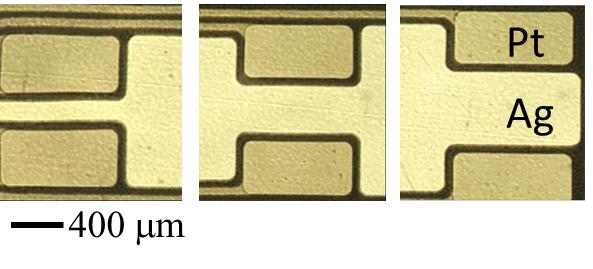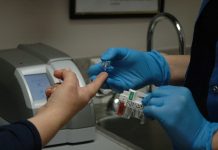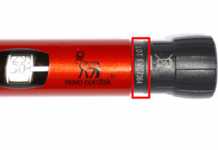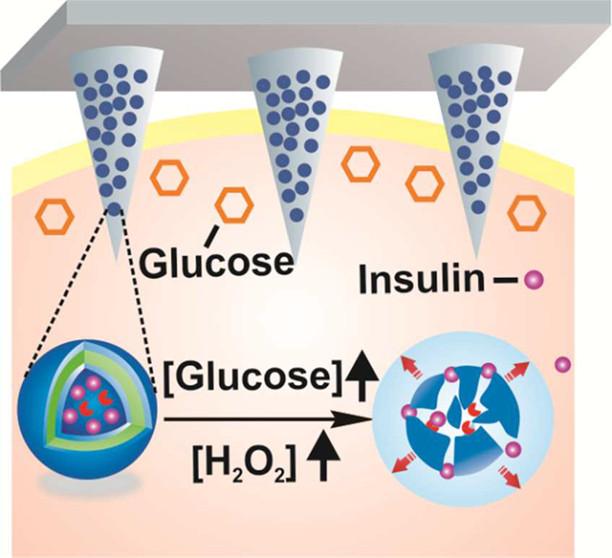Engineers are using additive manufacturing to create an improved type of glucose sensor for diabetes patients. It will become part of a system that would that should work better, cost less and be more comfortable for patients.
Oregon State University Engineers have used “additive manufacturing” to create an improved type of glucose sensor for patients with Type 1 diabetes, part of a system that should work better, cost less and be more comfortable for the patient.
A key advance is use of electrohydrodynamic jet, or “e-jet” printing, to make the sensor. Conceptually, e-jet printing is a little like an inexpensive inkjet printer – but it creates much finer drop sizes and works with biological materials such as enzymes, instead of ink.
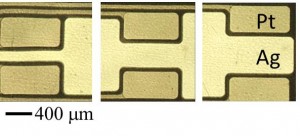
The technology would create an “artificial pancreas” using a single point of bodily entry, or catheter, instead of existing systems that require four entry points, usually in a type of belt worn around the waist.
“This technology and other work that could evolve from it should improve a patient’s health, comfort and diabetes management,” said Greg Herman, an OSU associate professor of chemical engineering.
These systems provide constant monitoring of blood glucose concentrations and are matched with portable infusion pumps. They control delivery of the hormones insulin and glucagon, and maintain safe levels of glucose in the blood.
Continue Reading Below ↓↓↓
The findings have been reported in the ECS Journal of Solid State Science and Technology, in work supported by the National Institutes of Health.
Type 1 diabetes, which used to be called juvenile diabetes, can lead to serious health complications unless glucose levels are carefully controlled. Problems can include retinopathy, blindness, neuropathy, kidney and cardiac disease.
Researchers say that this system may ultimately prove useful with Type 2 diabetes as well, and that it has the capability of making other biological measurements, beyond just blood sugar.
Diabetes is a global, rapidly increasing health problem. In 2014, the International Diabetes Federation estimated that 387 million people around the world had some type of diabetes, and that number is expected to rise to 592 million within 20 years. The global economic cost last year was estimated at $612 billion, and the agency reported that more than three out of four people with diabetes live in low or middle-income countries.
From an engineering perspective, the new approach is more precise, less intrusive, uses fewer processing steps, avoids waste and costs less.
“These are disposable devices that only last about a week and then need to be replaced,” Herman said. “Some other approaches used to make them might waste up to 90 percent of the materials being used, and that’s a problem in a throw-away sensor. It’s also important to keep costs as low as possible, and printing systems are inherently low-cost.”
Another important advance was the use of plastic substrates, which are the same thickness as kitchen plastic wrap, so that the sensors can be wrapped around a catheter.
“The challenges of making these sensors on such thin plastic films were difficult to overcome, but we found that additive manufacturing approaches simplified the process, and should lead to much lower costs,” said John Conley, an OSU professor of electrical engineering.
A patent has been applied for on the technology by OSU and Pacific Diabetes Technologies of Portland, Ore., which is working to commercialize the system. It’s already being tested in animals, and there are no apparent obstacles to its development in the health marketplace, Herman said.
Collaborators on the research included the OSU School of Chemical, Biological and Environmental Engineering; OSU School of Electrical Engineering and Computer Science; Oregon Health & Science University; and Pacific Diabetes Technologies. Other support came from the Leona M. and Harry B. Helmsley Charitable Trust, the Oregon Nanoscience and Microtechnologies Institute, and the Juvenile Diabetes Research Foundation.
Continue Reading Below ↓↓↓
Source: Oregon State University

